A History Lesson on Peppers and A Photo Session/Recipe on Pickling Peppers
“Peter Piper picked a peck of pickled peppers.” This child’s poem seems to have first appeared in Peter Piper’s Practical Principles of Plain and Perfect Pronunciation” by John Harris in England in 1813. The little book included a tongue twister for every letter of the alphabet. However, according to The Oxford Companion to Childrens Literature by H. Carpenter and M. Prichard, the Peter Piper poem was actually recited for many years before the publication of the book.
The preface to Harris’ book is pretty funny. It reads: Peter Piper, without Pretension to Precocity or Profoundness, Puts Pen to Paper to Produce these Puzzling Pages, Purposely to Please the Palates of Pretty Prattling Playfellows, Proudly Presuming that with Proper Penetration it will Probably, and Perhaps Positively, Prove a Peculiarly Pleasant and Profitable Path to Proper, Plain and Precise Pronunciation. He Prays Parents to Purchase this Playful Performance, Partly to Pay him for his Patience and Pains; Partly to Provide for the Printers and Publishers; but Principally to Prevent the Pernicious Prevalence of Perverse Pronunciation.
And speaking of peppers, they are a wonderful and useful addition to any garden. We always include a variety of bell peppers, banana peppers and jalapenos. When I am in the mood for hotter peppers, I include habeneros as well.
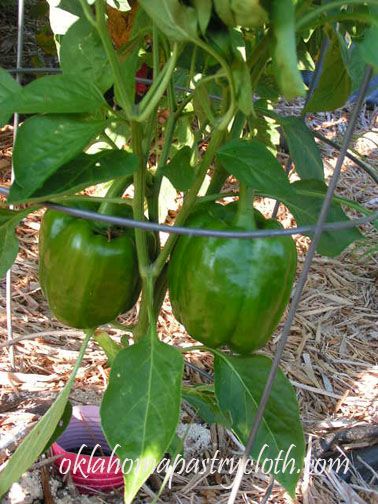
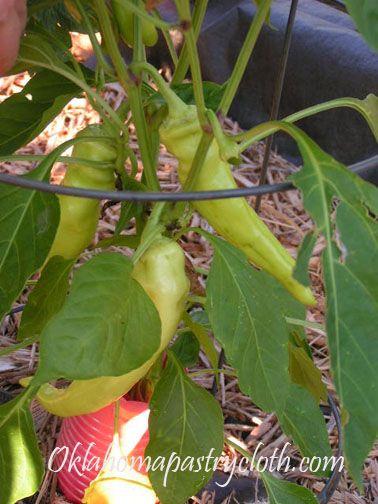 bell peppers and banana peppers
bell peppers and banana peppers
Peppers are a member of the nightshade family of plants which include potatoes, tomatoes, eggplant and tobacco of all things! The Nightshade plant, itself a member of the family, is deadly. It looks like a miniature tomato plant. The peppers are of the species Capsicum and contain capsaicin which is a chemical that produces a burning sensation in the mouth, the skin and the digestive tract. It keeps animals from eating the peppers, but doesn’t seem to bother birds which then spread the seeds. Capsaicin is used in medicine as a pain reliever and to stimulate circulation.
Peppers are native to Central and South America and were taken to Spain in 1493. Their use and cultivation then spread to Europe and Asia. Supposedly, Christopher Columbus misnamed them “peppers” or pimento in Spanish because peppercorns were so valuable and he mistakenly thought the peppers were of the same family. He seemed full of mistaken assumptions!! Wrong continent and wrong plants.
One interesting name that I have heard my Missourian father use in reference to bell peppers is “mango”. This label for peppers is also used in parts of Kentucky, Ohio and Pennsylvania. But since the real mango fruit has become so popular, this old term for peppers is fading.
(thanks to the New World Encyclopedia!)
We pickle peppers at our home every year. However, we use a whole different approach. I took my grandmother’s recipe for bread and butter pickles, tweaked it a bit and have come up with my own recipe for “Sweet-Hot Peppers”. You can find my grandmother’s pickle recipe in the cookbook for sale on the shopping page.
Following is a photo instruction and recipe for my “Sweet-Hot Peppers.”
Ingredients:
4 quarts of bell, banana and jalapeno peppers. The ratio of jalapenos to the other peppers will determine how hot your relish will be. Your choice. Also, I throw in a few jalapenos that have turned red or a red bell pepper to add color.
6 medium white or yellow onions
1/3 cup non-iodized salt or canning salt
3 cups white vinegar (5%)
4 1/2 cups sugar
1 1/2 tsp tumeric powder
1 tsp celery seed
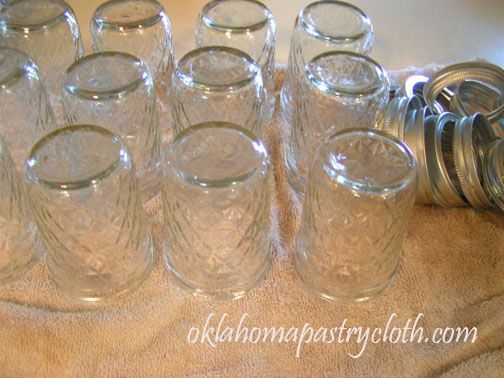
Wash and dry jars and rings. Boil lids and turn down heat to very low to keep the lids warm.
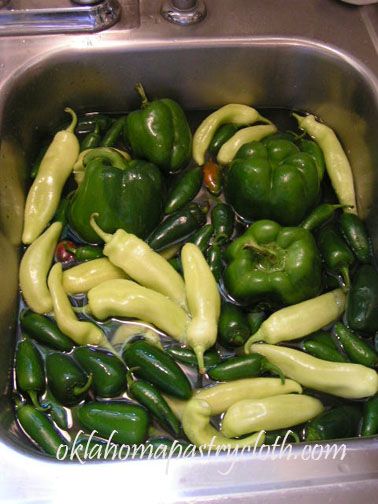
Wash peppers

Core, seed and chop bell peppers into small pieces.
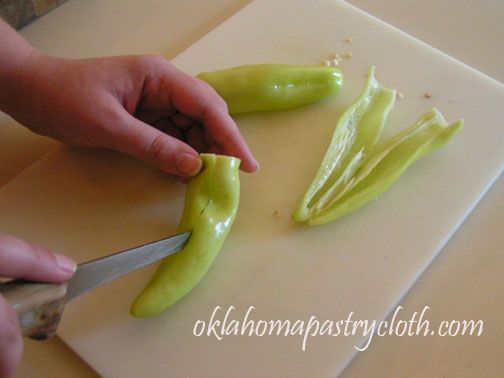
Slice banana peppers down the center of one side. Lift out seeds and discard and chop into thin strips.
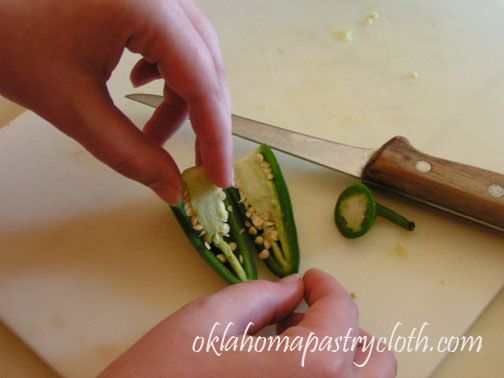
Slice jalapenos in half. Lift out seeds and discard and slice peppers into pieces or half rings. You may require rubber gloves to keep fingers from burning and to help you avoid accidently rubbing the capsaicin in your eyes or nose.
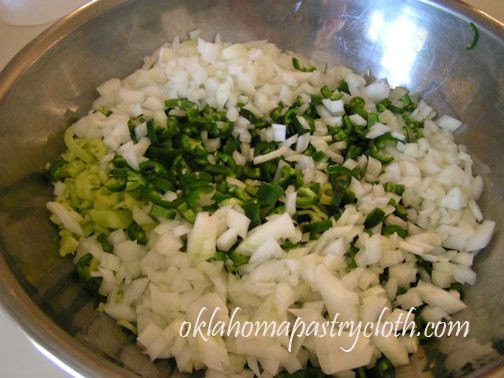
Chop onions into small pieces and put all peppers with onions into a large stainless steel or glass bowl.
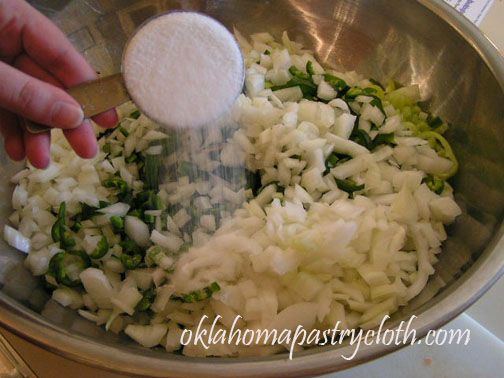
Sprinkle 1/3 cup non-iodized salt over the vegetables
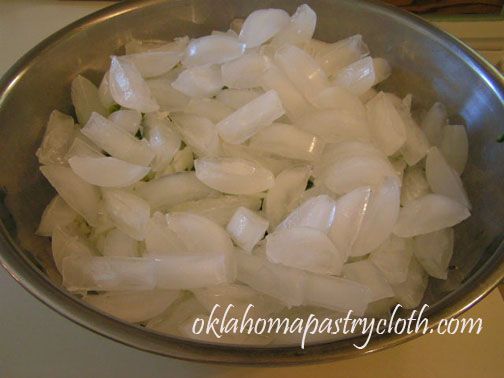
Cover with plenty of ice cubes.
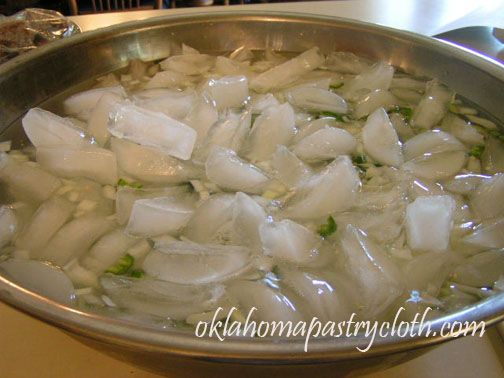
Add water to cover all of the vegetables and let sit for 3 hours. After 3 hours, remove any remaining ice cubes and drain off all water. DO NOT RINSE vegetables.
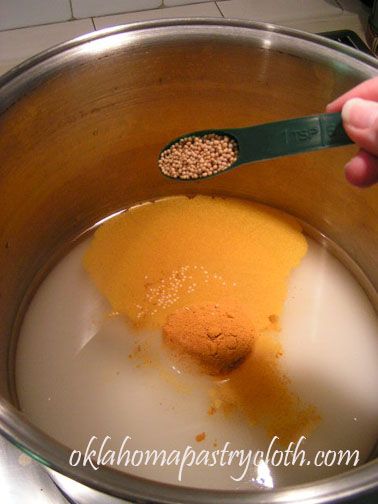
In a large stock pot, pour in vinegar, add sugar and stir in tumeric, mustard seed and celery seed.
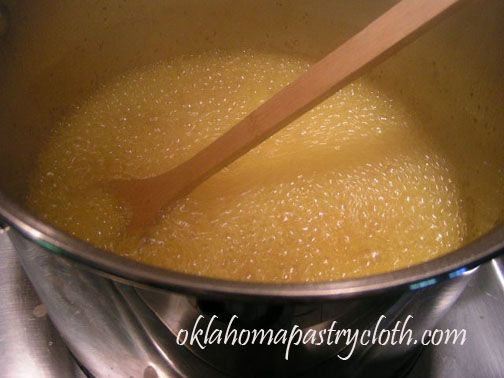
Stirring, bring to a rolling boil.
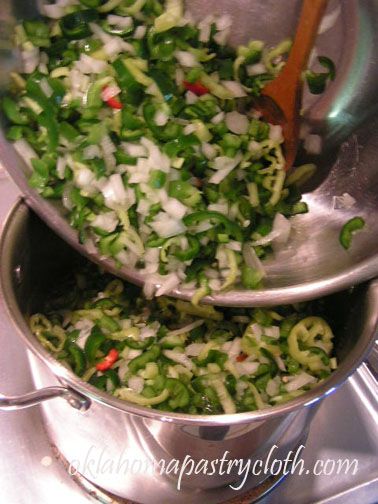
Pour vegetables into boiling syrup and turn off heat.
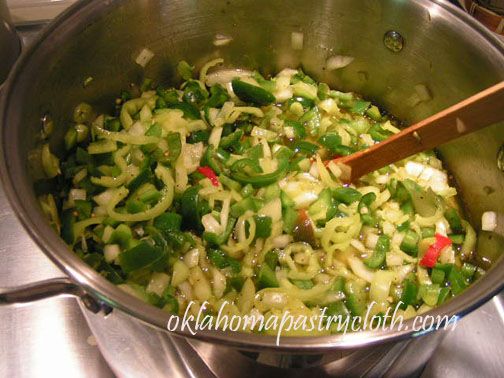
Stir to coat all vegetables and remove pot from burner. Because peppers are more delicate than cucumbers, you do not want to heat them too much like bread and butter pickles. You want the peppers to be more raw and crisp.
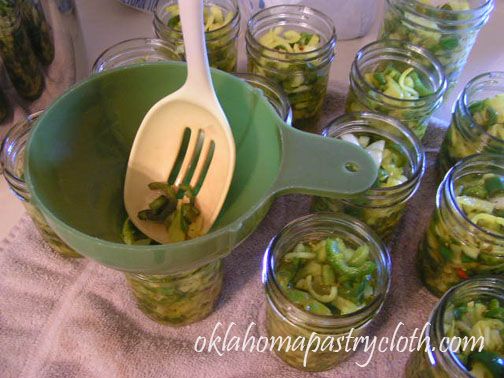
Immediately spoon pepper mix into jars to 1/2 inch from top. Pack in as much of the vegetable mixture as possible. You can add more liquid later.
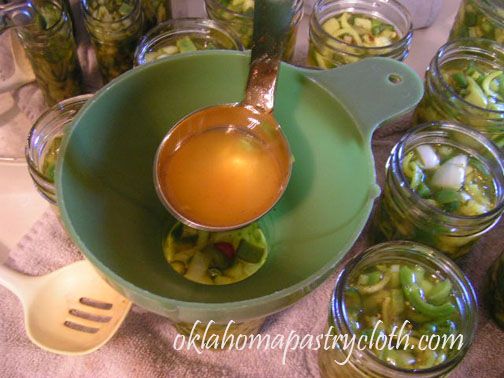
Add leftover liquid to 1/2″ from top.
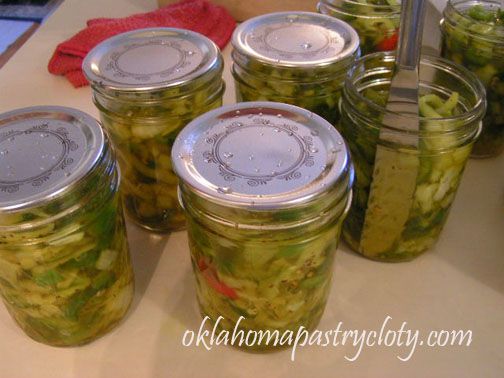
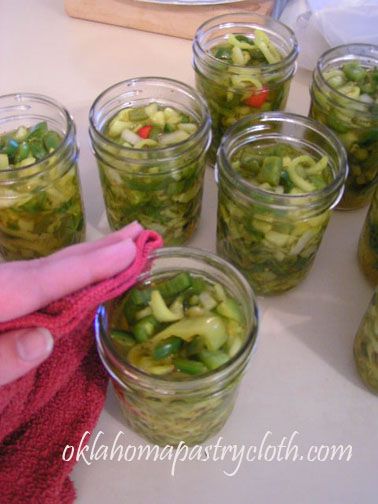
Using a knife, run around the inside perimeter of the jars to release any air bubbles. With a damp cloth, wipe the edges of the jars to remove any sticky residue. Add lids and rings and tighten rings but not too tight.
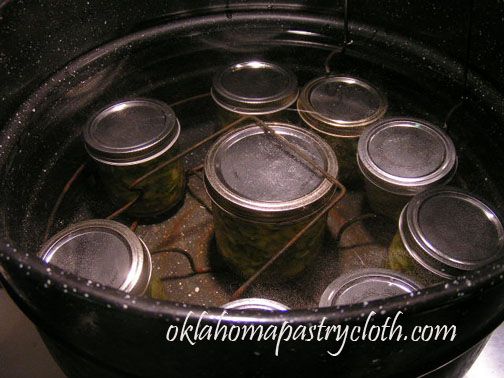
Place jars into waterbath cannner and cover jars with water, 1 inch over the tops of the lids. Bring to a boil and process for 10 minutes and no more. Remove from canner and allow to cool. Wash and label.
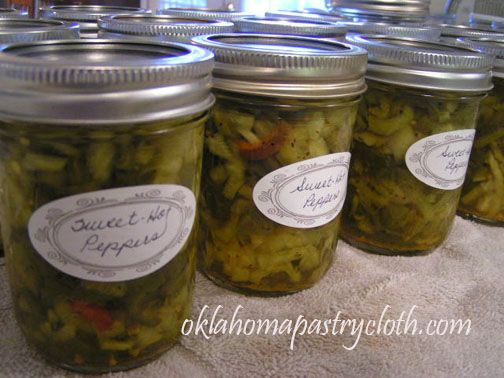
Now you are ready for pepper gifts and a wonderful condiment for your scrambled eggs, sandwiches, pinto beans, soups and anything else you can think of!!
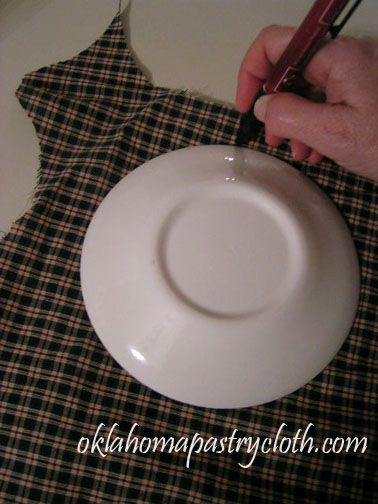
To make your gift jar, use any kind of cotton material and draw a circle using a small saucer as a guide.
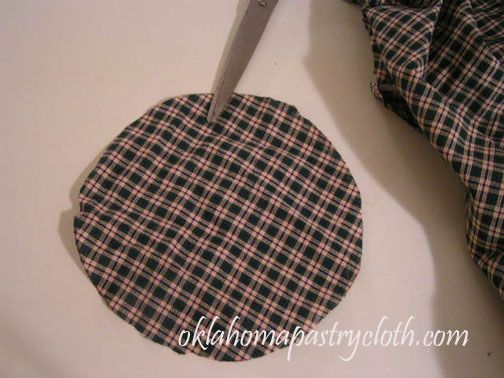
Cut the cloth circle from the fabric
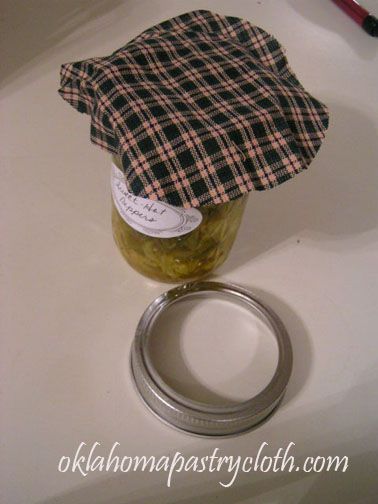
Remove the ring from the jar and place the cloth circle on top. Replace ring and tighten.
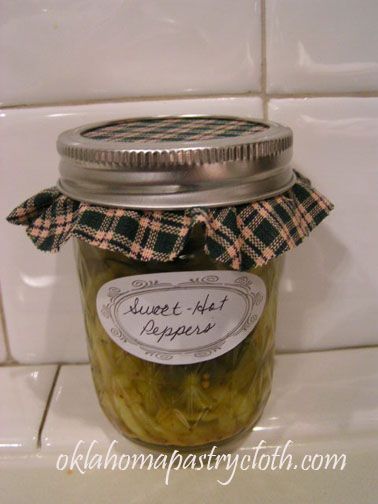
There you go!!
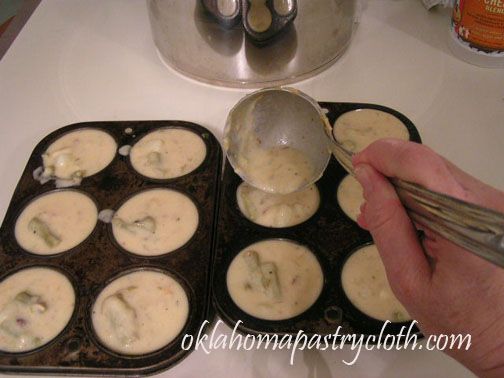

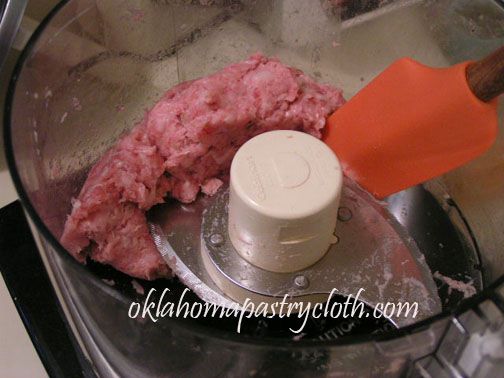

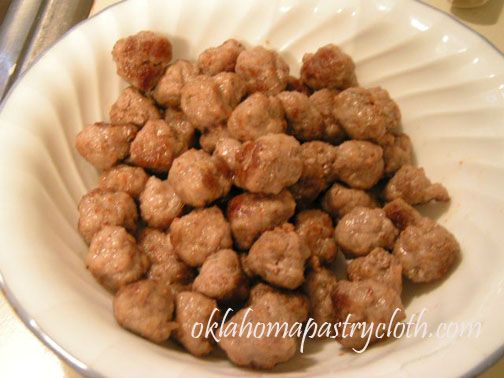
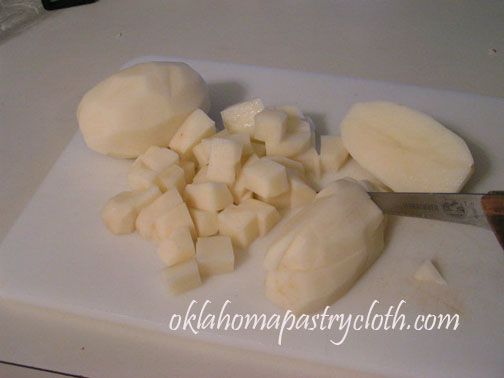
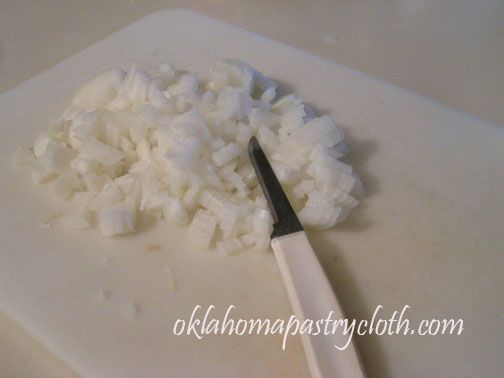
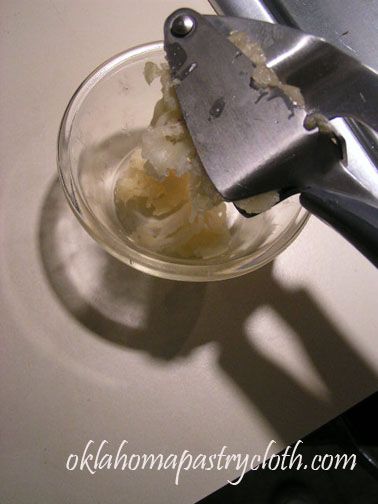
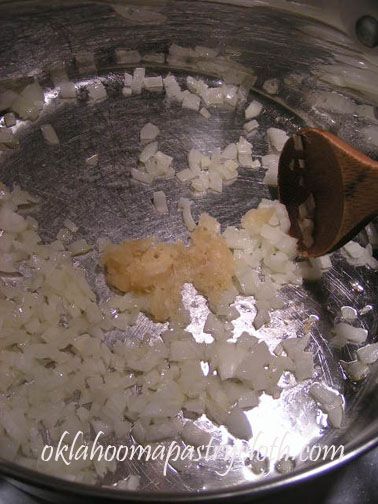

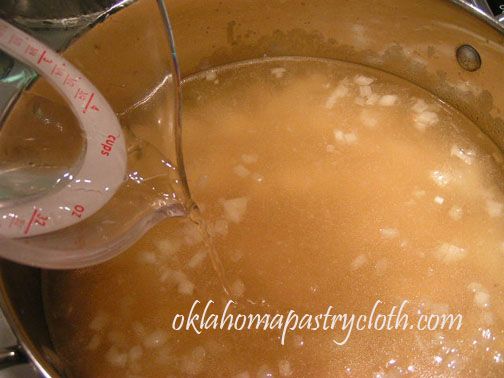
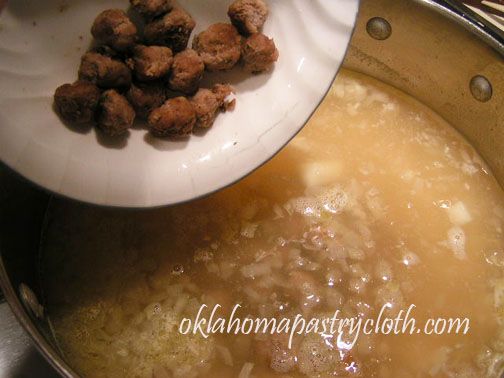
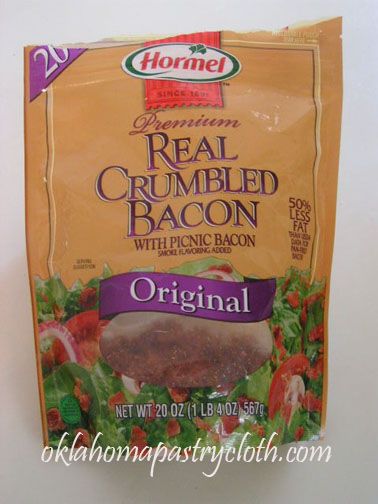
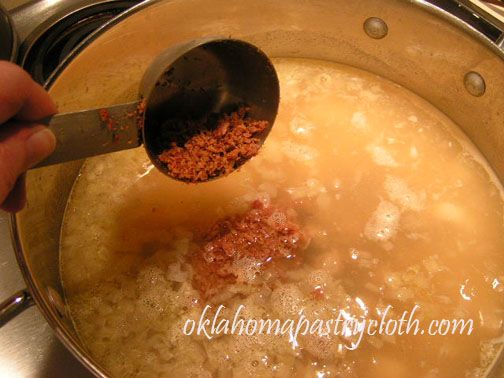
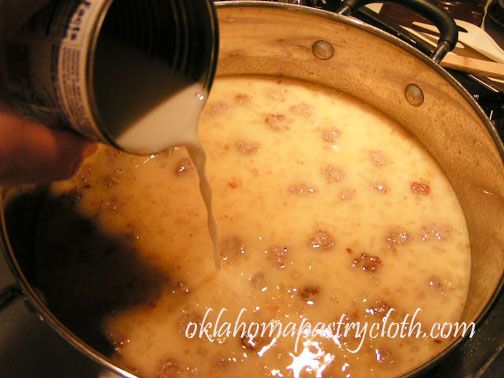
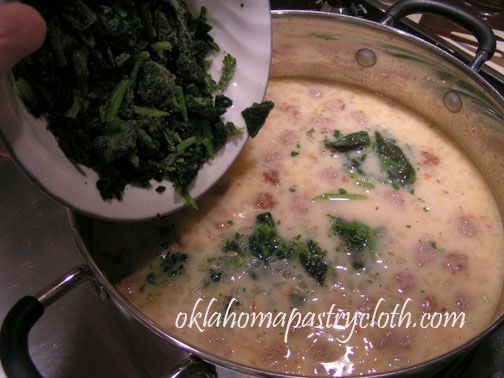
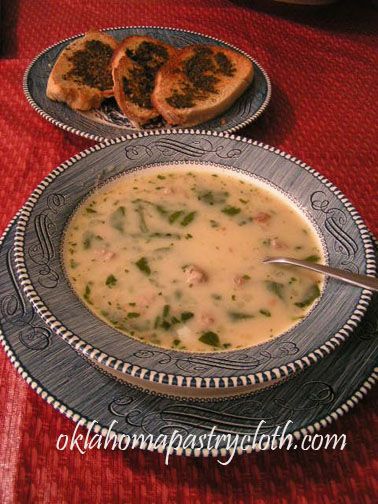

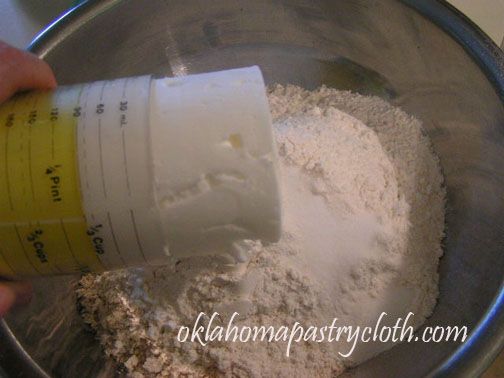
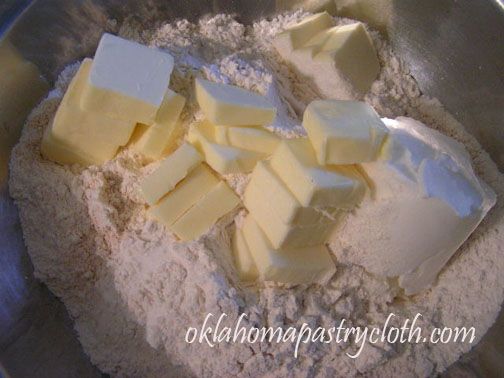
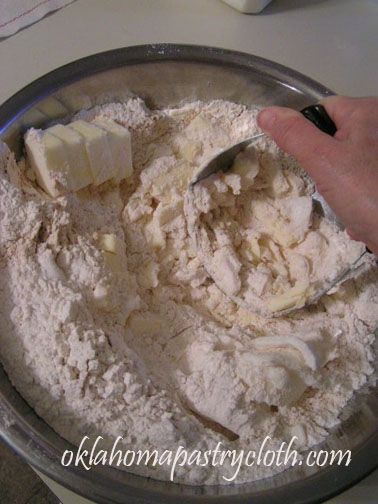
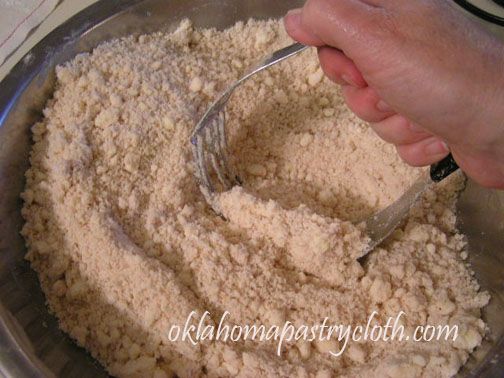
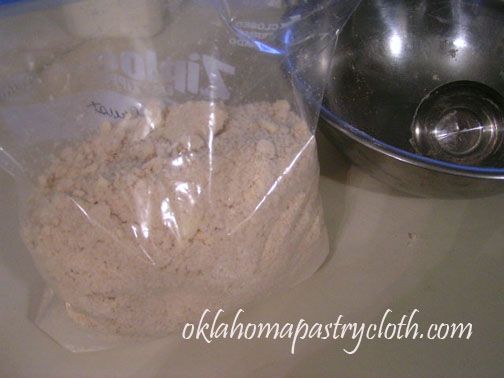
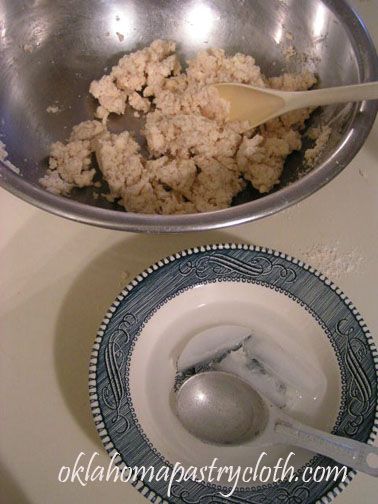
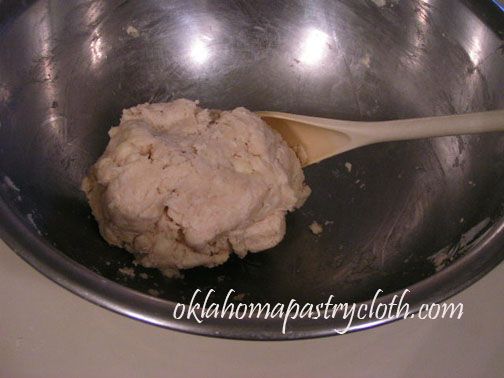

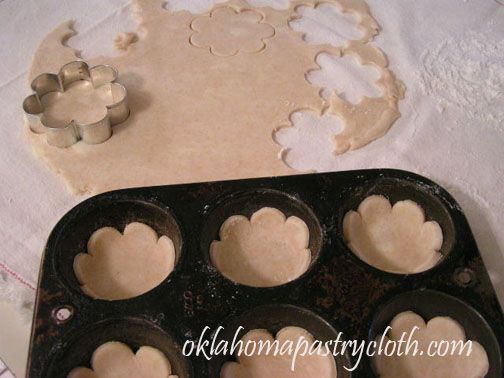
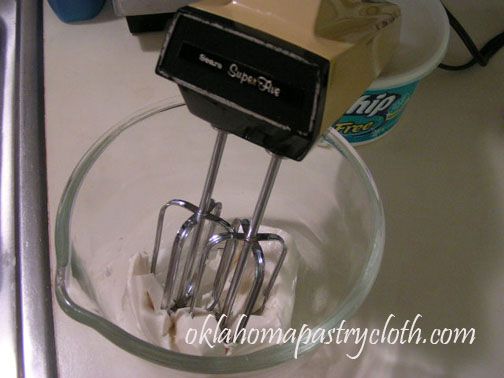


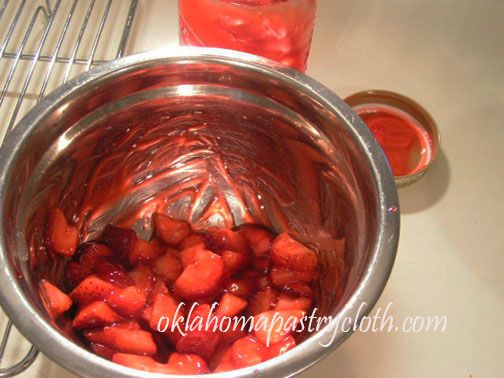



























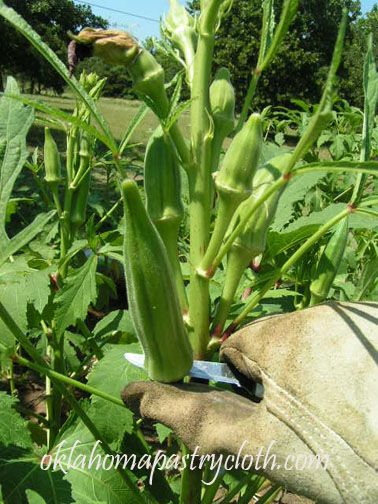
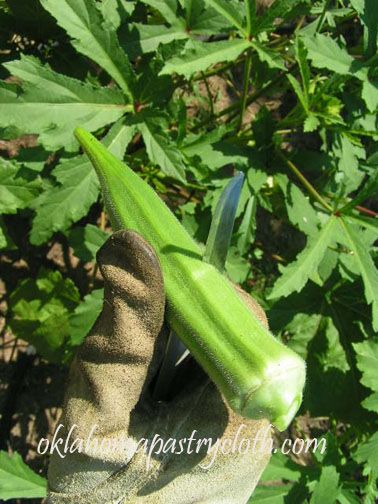
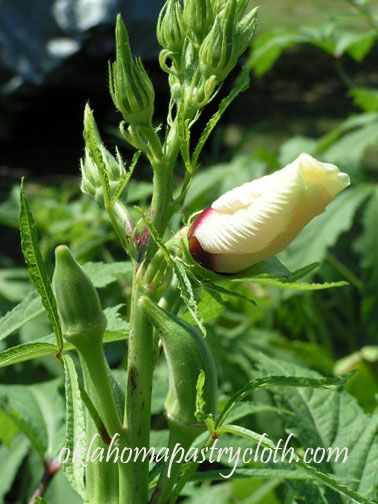
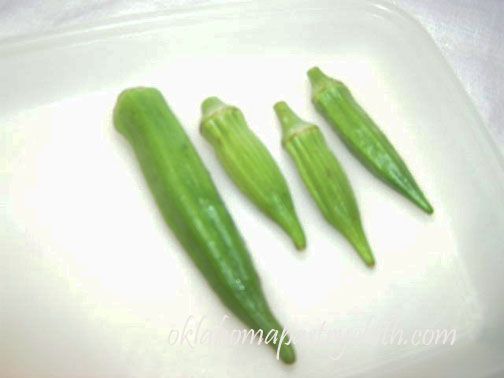
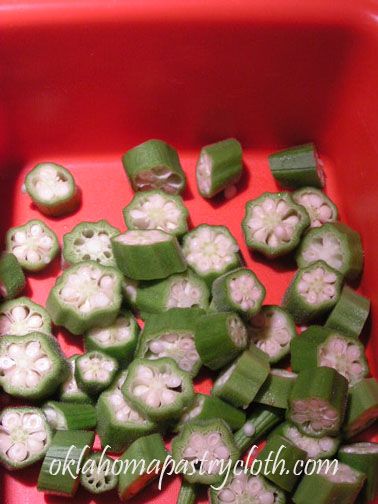
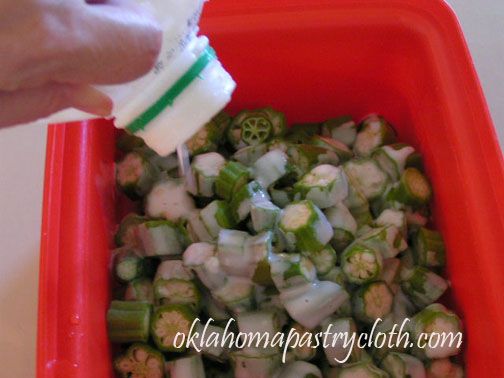
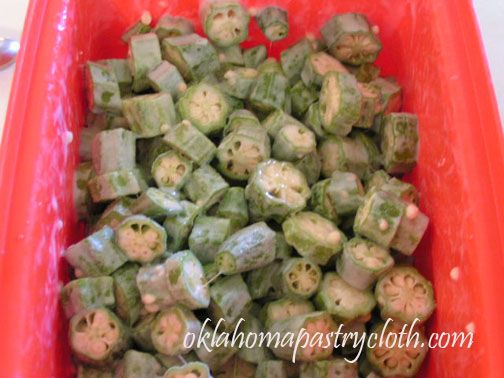
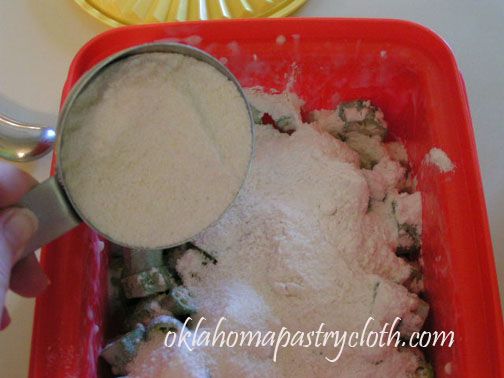

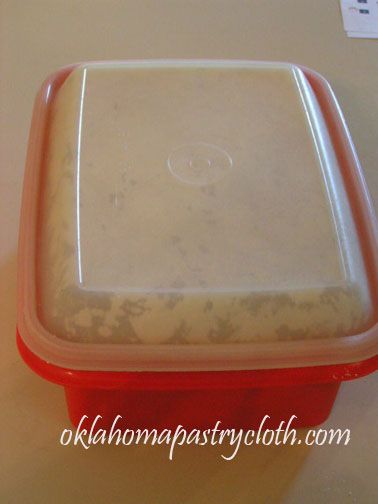



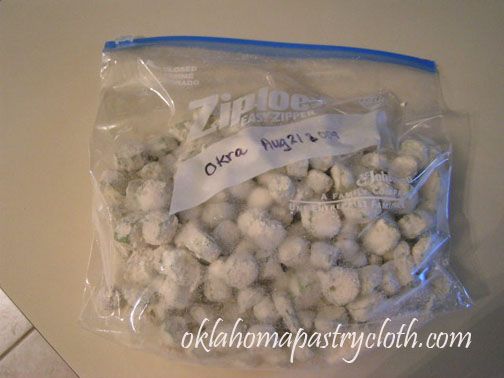
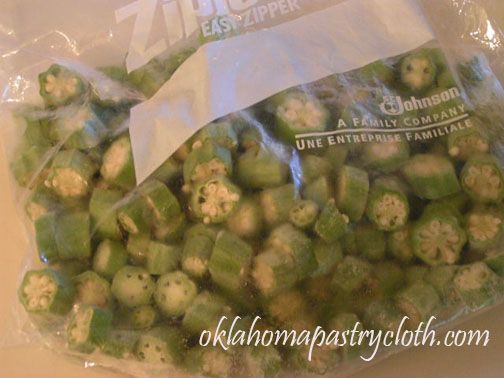
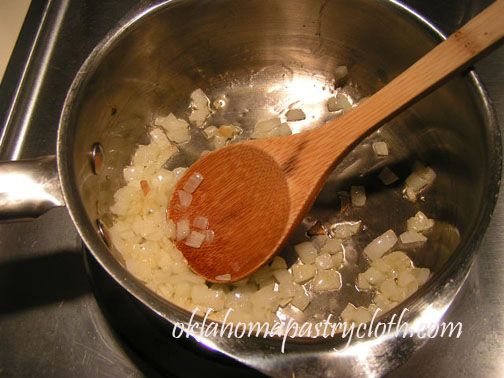
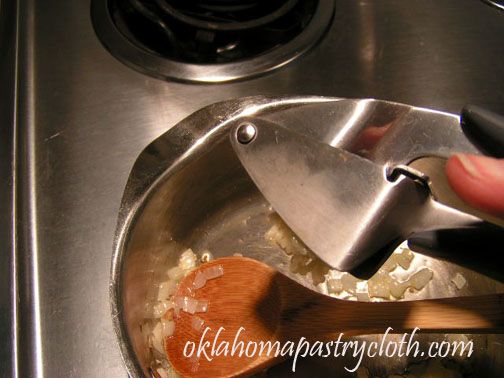
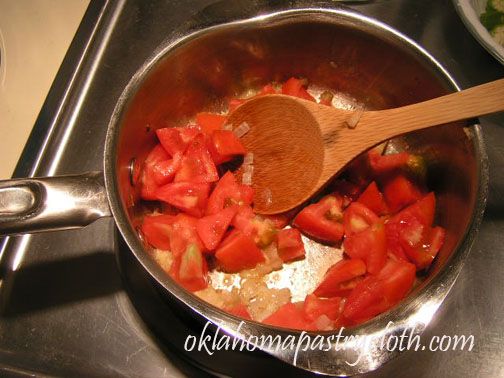
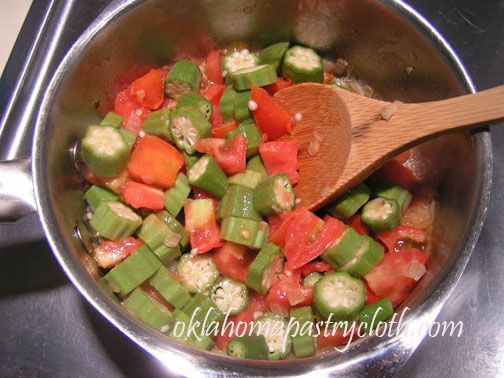
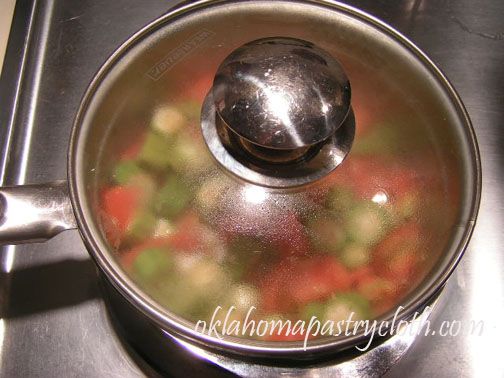
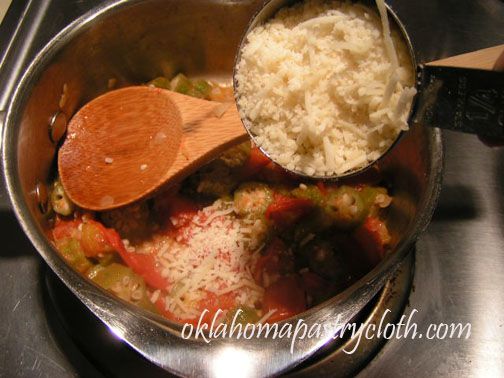
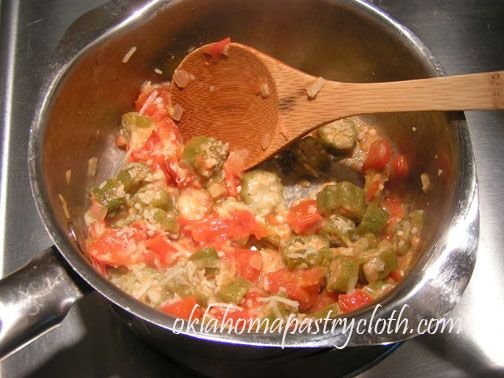
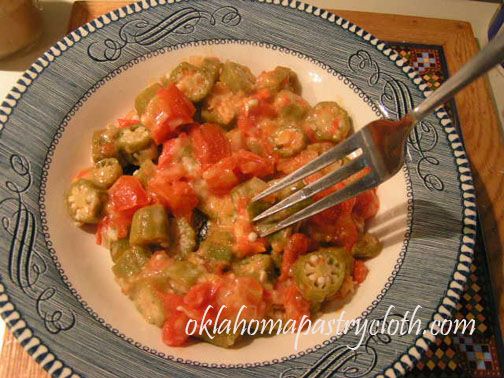
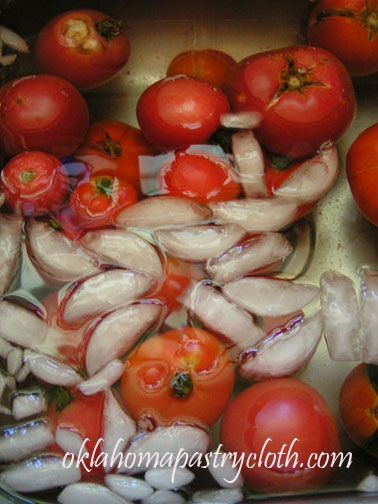
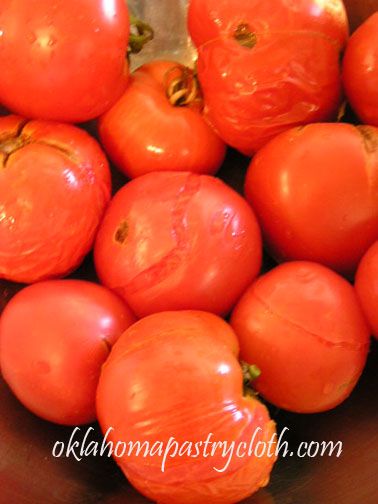

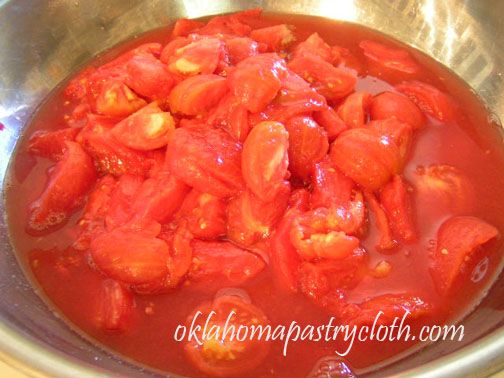
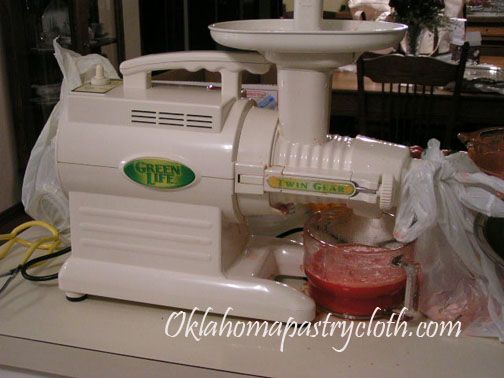
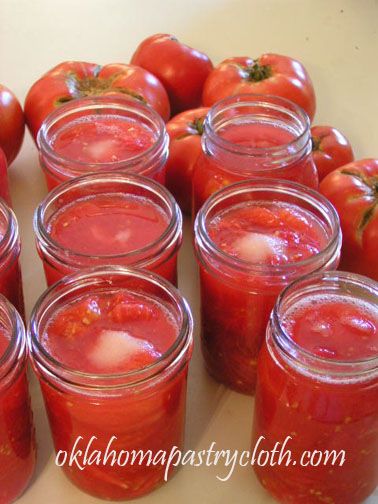

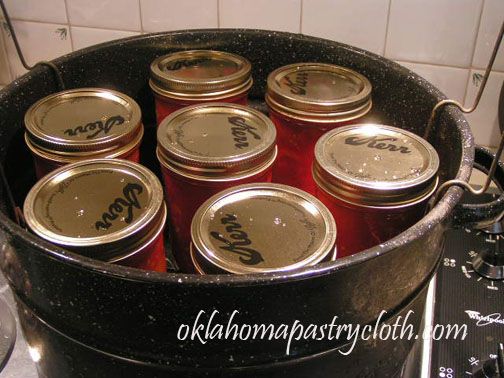

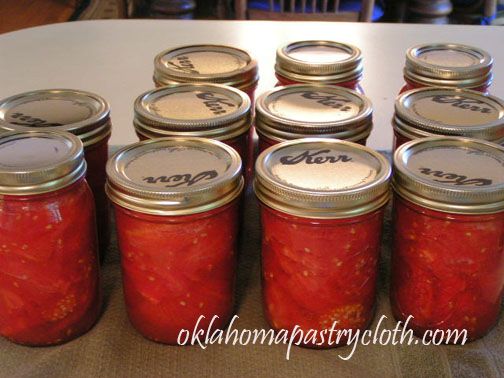
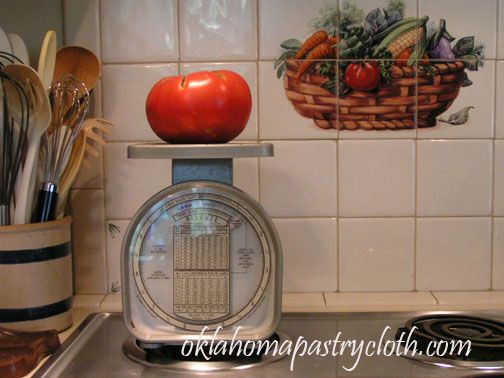
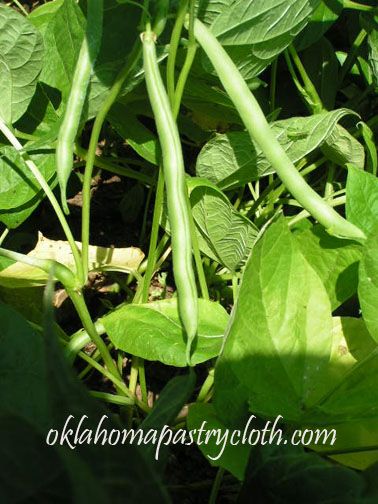
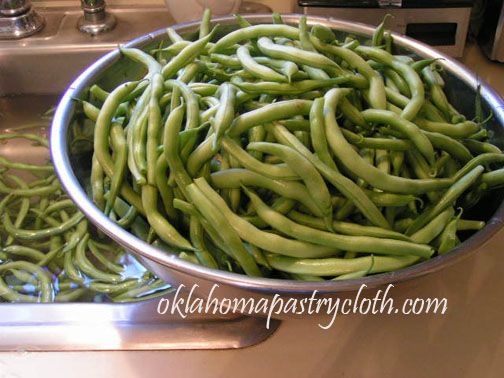


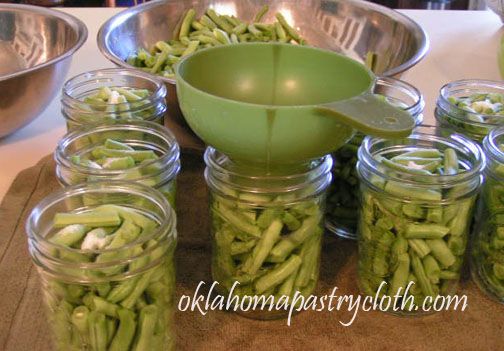
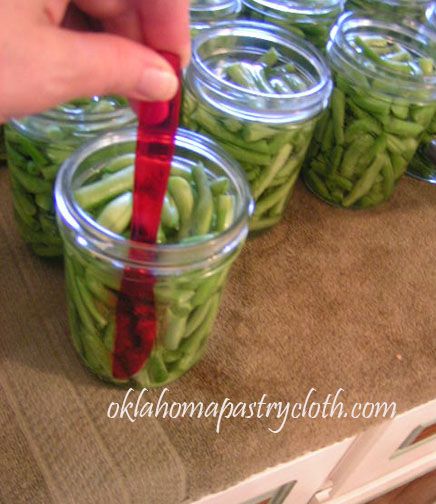
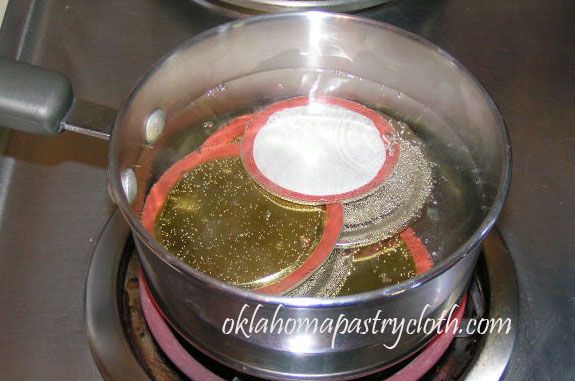
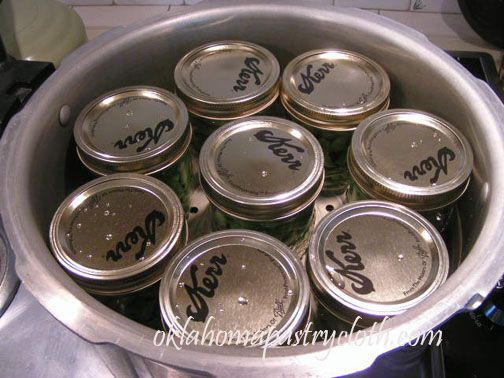
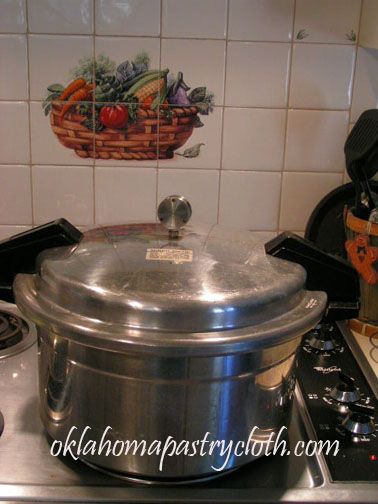
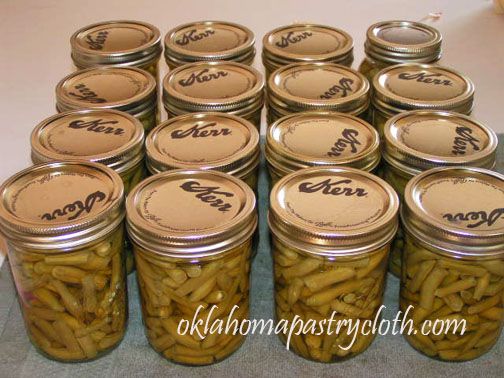
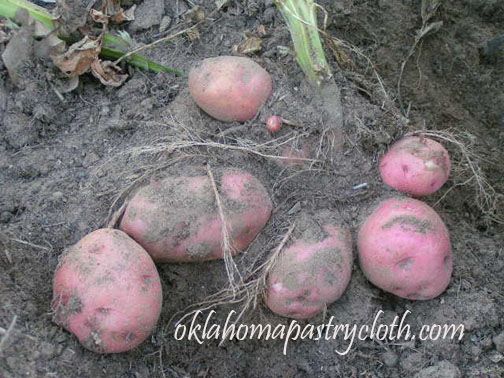
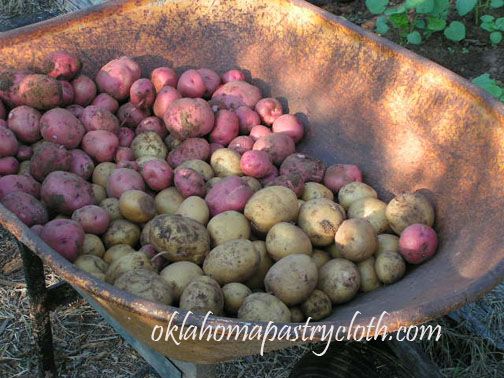
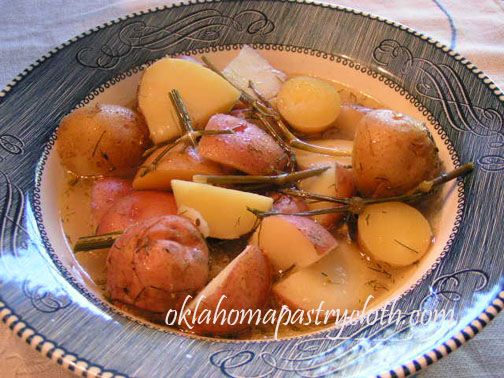
 Homestead Revival
Homestead Revival Paratus Familia
Paratus Familia Rural Revolution
Rural Revolution